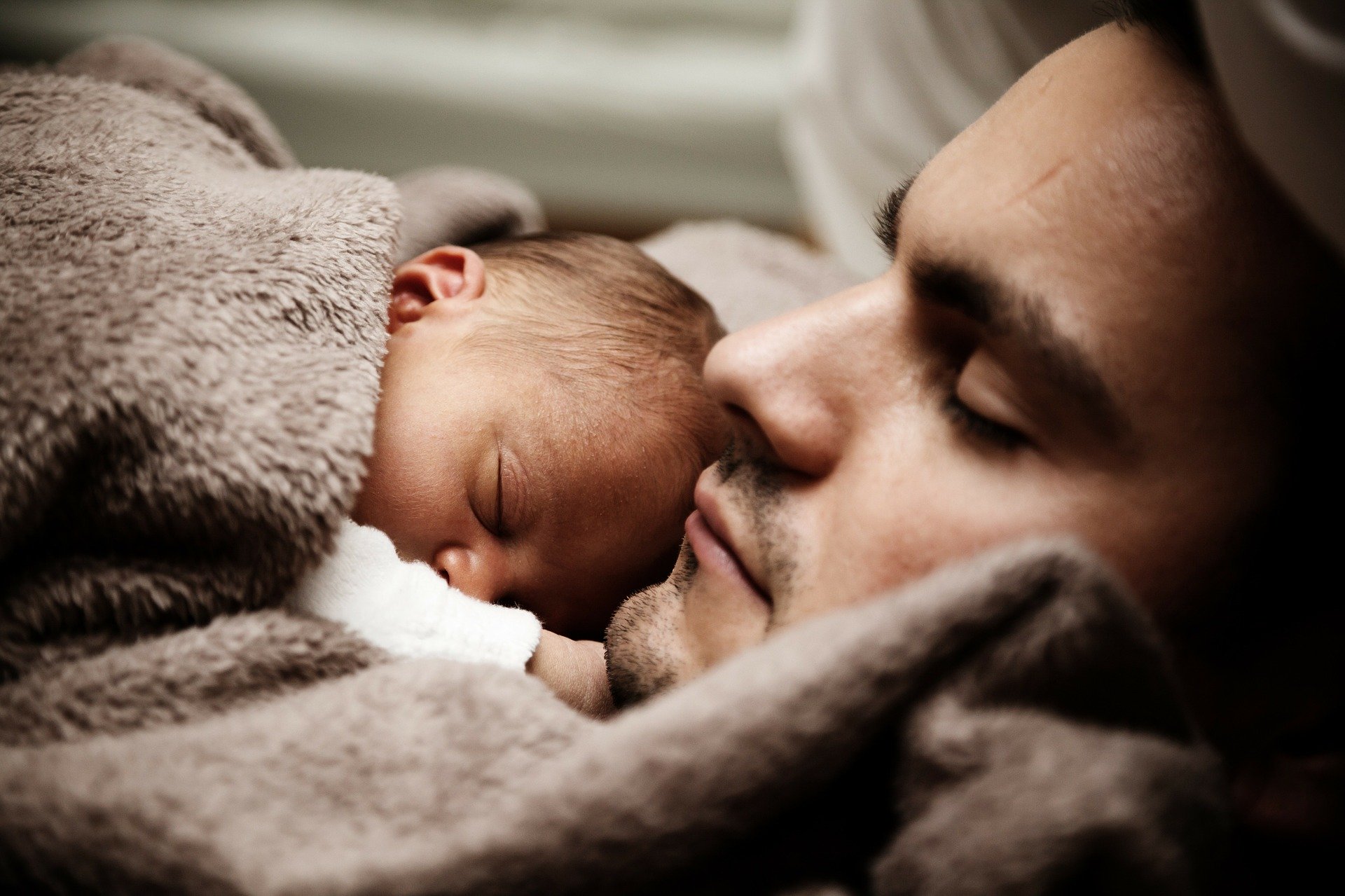Someone once told me that having a child was like having your heart beat outside your body. At the time my daughters were babies and the statement resonated so strongly that I shivered. Sure, it was metaphor, but the visceral experience of love for my daughters made it feel literal.
The day my first daughter was born, I realized that I would instantly run into a burning building, dive in front of a truck or otherwise give my life to save hers. This new depth of connection felt utterly natural and mostly wonderful, but also scary.
As a family medicine resident in the early 1980s spending 110-hour weeks in an always-full safety net health system, I was regularly reminded of the many dangers that can befall infants and children. Even the thought of my baby girls dying of SIDS or succumbing to meningitis made me physically ill. These fears were not acute – except when one of the girls came down with a fever or started throwing up – but I became aware of a low-level anxiety whenever they were not in my sight.
When my eldest was a few weeks old, her mom and I placed her basinet in the next room and listened to her breathing – more honestly, we listened for her breathing – before being able to sleep. Soon we were entrusting her to a babysitter and as time passed to daycare and preschool, followed by overnights with friends and weeks at summer camp – memories that now seem like an amusing highlight reel of parental sleep disturbance. And then, suddenly it seemed, they were no longer little girls and started going out on dates. The next thing I knew I was dropping one, then the other, off at college! I adjusted, absorbed a lot of “Oh Dad” eye-rolling at my sentimentality and worries and, somehow, we all grew through it. But “I wonder how the girls are…” has been the ever-present crawl across the bottom of my consciousness screen.
My daughters are now both independent, successful women. Yet my fatherly instinct to protect them from hurt and harm is undiminished. I know it’s unrealistic, that it’s impossible to live fully and be unscathed by loss and misfortune, but that’s all the more reason to try.
What does this have to do with advance care planning? Everything.
In an article I called, Because I’m a Dad, I explained that having an advance directive is a way of extending my fatherly caring into a future when I will be in a medically precarious situation and the object of attention and source of their emotional distress. Envisioning such scenes, I imagine that my daughters might wish for my arm around their shoulders.
So, after filling out the required sections of my advance directive, I added a handwritten message to my wife, daughters and the rest of my family, which says (paraphrasing for brevity here), “If you are reading this and I am seriously ill, my deepest wish is for you to be gentle and loving with yourselves and one another. Please support one another and know that I love you, and trust you, and will accept whatever treatment decisions you make.”
This perspective informs my and my colleagues’ efforts at the Institute for Human Caring to improve advance care planning at scale, across the 7-state Providence St. Joseph Health system. Working with our corporate legal team, we designed a short-form advance directive that has just three sections and can be completed in moments. Section 1 lists the name and contact information for one or two individuals whom the patient trusts to speak for them. Section 2 has four boxes with statements of general health care preferences to advise the health care representative and future doctors as they make decisions. Section 3 is the person’s signature in the presence of a notary or requisite witness(es).
While satisfying the legal requirements of medical advance directives, this shorter document is notably more covenantal than traditional and transactional forms. By avoiding a living will style menu of treatments – mechanical ventilation, dialysis, and medically administered nutrition – the options in Section 2 are less bound to specifics of future hypothetical situations and, therefore, may be easier to endorse. But importantly, the first box states: “I am not sure at this time which statements below I most agree with. I trust my health care agent to do what is best for me.”
Time will tell whether people find these redesigned forms easier to complete. We’ll be closely monitoring completion rates. No doubt we’ll find things to improve in the months and years ahead.
As a dad and a doctor, I’m aware that advance care planning draws on the best attributes of fatherhood. For one thing, it never ends. Honoring people’s wishes and protecting them from harm are open-ended commitments. For another, taking the best care of people during inherently difficult, stressful times entails supporting people to take care of each other. Most important of all, as a doctor who is also a father, I am continually reminded that decisions about treatments are never just medical; they are always intensely personal. The people affected are only incidentally patients – they are foremost family members. Paternalism sometimes gets a bad rap. At its core, being paternal embraces responsibility and looks after others skillfully, wisely, with tenderness and love. At its best, advance care planning, like being a father, is a matter of heart.


